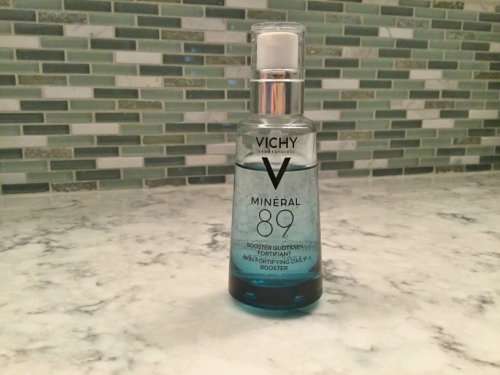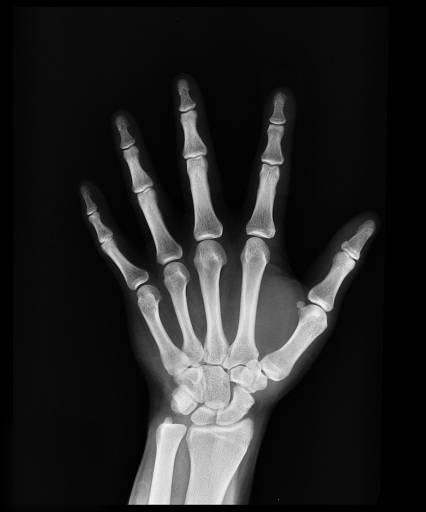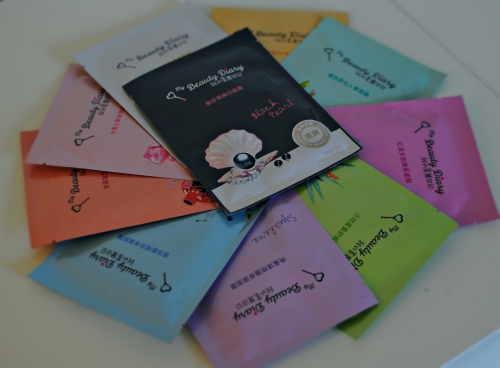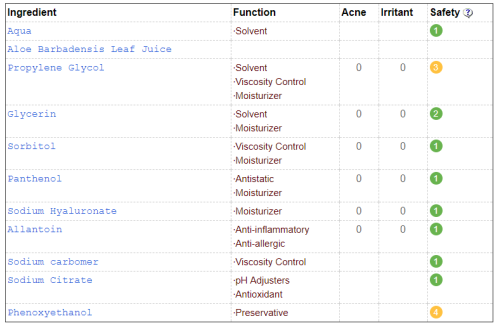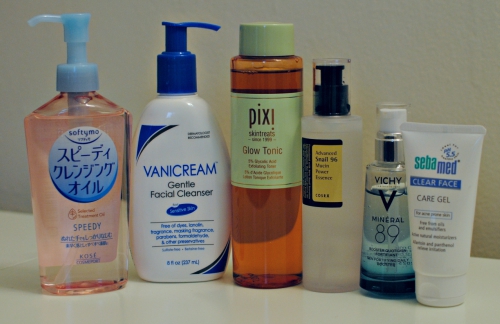When I turned 26 a few months ago, my first thought was a lament that I was now officially in my late 20s. My second thought was that I could now say I’ve struggled with acne consistently for 15 years.
I still remember getting my first pimples. My first weapon of choice was a blue spot treatment gel in a tube (maybe Neutrogena?) that my mom purchased for me. And I haven’t stopped experimenting with treatments since. Middle school brought trials with Proactiv, painful blackhead strips, Sea Breeze, and every single product ever made by Clean & Clear. My parents still use the Morning Burst facial cleanser which haunts me every time I visit their house. By the time I was in high school, I was already seeing my first dermatologist. At his suggestion, I slathered my face with topicals like Differin, Benzaclin, Tazorac, and Duac. When none of those worked, we moved on to oral antibiotics including Doxycycline and Minocycline. Not only did these medications not cure my acne, but they left me with brand new skin problems. I developed a horrible sunburn and inflamed rash on my head and neck after sitting close to a window for too long while on Doxycycline. Minocycline turned some of the pores on my face permanently blue. Yeah, more on that later. On top of all that, I decided I could scrub my acne right off if I pushed hard enough with St. Ives Apricot Scrub *cringe*.
Makeup was my best friend in high school but she didn’t always treat me well. It didn’t help that I had no idea what I was doing. I tried to cover up my acne as much as possible with cakey foundations and concealers that were a) probably making my acne worse and b) not really fooling anybody. I was coming of age in the era of Myspace which emphasized the importance of looking good in your selfies and trying to get the attention of guys in weird indie bands. Any blemishes that were still visible in photos got the Paint treatment. Did I mean to say Photoshop? No, I couldn’t afford that. Instead, I perfect my method of zooming in really close on my photos in Microsoft Paint to swatch my skin tone then paint over the pixels with blemishes. It looked horrible up close, but when zoomed out it wasn’t too bad. Kids these days with their filters don’t know how good they have it! Luckily this was also the era of “scene” fashion so I could distract from my skin with eyeliner, bangs, and neon jewelry.
There wasn’t much time to visit the dermatologist as a busy college student. I honestly can’t remember much about my skincare regimen at the time except for the Neutrogena Pink Grapefruit Acne Wash and OTC Benzoyl Peroxide creams. After a brief flirtation with oral contraceptives for my acne and ridiculously heavy periods in high school, I went back on birth control in college. I’ve been on some form of oral contraceptive pretty steadily since then but even when I’ve had to take a break, my skin didn’t get any better or worse. I had my fair share of nights in college when I didn’t wash off my makeup which I’m sure wasn’t helping matters. Sometimes I came home from a party too tired to care, but I also slept in my makeup around my boyfriend at the time because god forbid he saw the horror of my real skin.
My first job after college was in New York City. This afforded me the opportunity to visit a “swanky” dermatologist downtown whose office looked more like an Urban Outfitters. Unlike my previous derm, he thought my acne was hormonal and prescribed Spironolactone. I took it diligently, got my blood tested diligently, washed my face diligently… and nothing happened. He did introduce me to Neutrogena Ultra-Gentle Daily Cleanser which was my first foray into gentle skincare so I can thank him for that. I also don’t think a moisturizer ever touched my face before this point when I started using an Aveeno lotion. A new job in New Jersey (and this derm’s insistence that I get expensive facials at his office) led to our breakup
The local derm I saw twice in NJ was shocked I had never used Retin-A and swiftly sent me on my way with a Retin-A Micro prescription and the instruction to not use any products that contained coconut oil. I was never one to try oil cleansing or particularly coconutty products, but I did find out that my shampoo, my moisturizer, and several of my cosmetics contained coconut oil. My research into tretinoin told me to cover my face in Cerave moisturizer, use tons of sunscreen, and prepare for my breakouts to get worse for up to a few months before they got better. Well, I hated the Cerave, my face was so painful it brought me to tears, and my skin got worse and worse for eight (!!) months. I still look at the pictures I took of my bare face during this period to remind myself just how awful it was.
Scarred (literally and figuratively) from this intense experience, I dropped all actives for a short while. This was probably a good idea but I didn’t wait it out long enough. It’s so difficult to sit on your hands and do nothing about your skin when you are so unhappy with it. I turned to the internet for help. I’m sitting here shuddering thinking about how I trusted Pinterest wisdom for a hot minute. My experiments with DIY honey washes, apple cider vinegar toners, and turmeric masks did nothing except stain my skin the color of a Simpsons character. I deleted all photographic evidence of this experience but trust me, it was bad. Luckily I soon stumbled upon a little subreddit called r/skincareaddiction. I spent the next year devouring as much information as I could and tring a whole new slew of products. SCA (as it is known) recommended things I’d never tried like “Stridex in the red box”, “slugging” with Vaseline, hydrocolloid bandages, AHAs, and Mario Badescu Buffering and Drying Lotions. Looking back, it seems I will never learn my lesson to stop using so many new products at once. My skin had had enough.
As I write this in December 2017, I’m embarking on a new plan for gentle skincare. My face has rarely been moisturized over the last 15 years. Rather, I’ve been pummeling it with every irritating product under the sun. My skin is very pale and sensitive. It’s been permanently red and peeling for years. It’s about time I treat my skin with kindness and work on repairing my moisture barrier rather than obliterating the blemishes. My plan is twofold: 1) to work on hydrating and gently exfoliating my skin to improve my overall skin health and 2) to improve my makeup techniques to find the right look for me. If I can’t beat the acne, I might as well find a natural-looking way to cover it up and boost my confidence. Despite using makeup since my middle school days, I’ve never learned much about which products to use or how to apply them properly. I’m still in the very early days of my makeup experimentation so constructive criticism is always welcome.
Here’s another quick reminder that this blog is NOT to be taken as advice. I’m not a medical professional nor do I have any formal training in skincare or cosmetics. My intention is simply to document my journey, share my honest thoughts, and meet other people who are struggling with the same skin concerns. If you want to try something I mention, that’s great! I’m constantly trying new products I see mentioned on other blogs and subreddits. But please remember “your mileage may vary” (YMMV) so what works for me may not work for you, and vice versa.
Many of my posts will focus on skincare for acne-prone and oily skin since that is my current struggle, but I’ll talk about other beauty topics as well. I plan to post first impressions and product reviews, updates on how my skin is doing with current routines, weird beauty news, and some research on acne through the ages.
This is just a short overview of my long and complicated skincare journey. I’m excited to hear your story, too! What were your experiences with these products? Have you had any skincare mishaps along the way?
